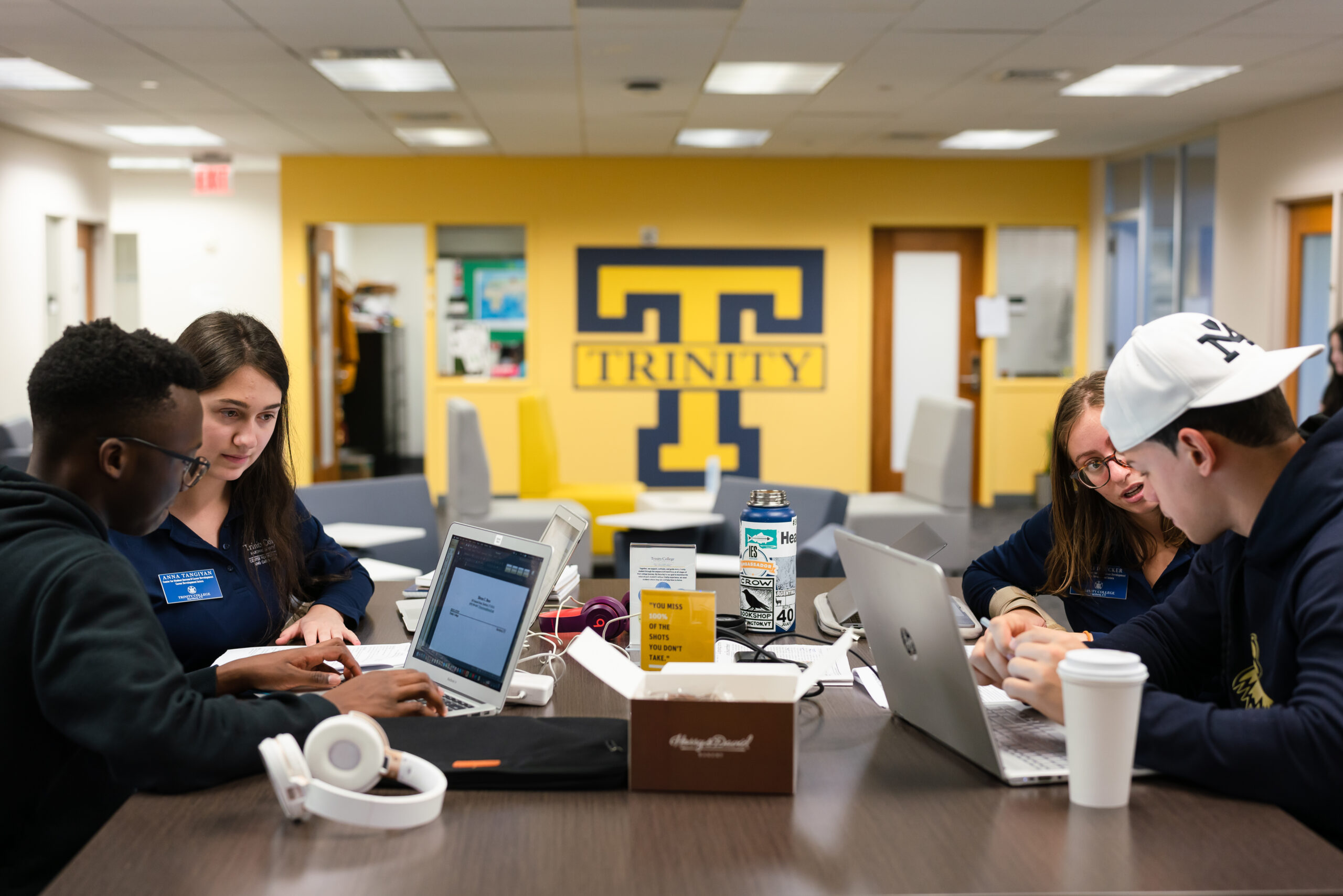
A digital badge is a way to demonstrate specific skills and competencies that you have developed through learning experiences. Smaller than a minor or degree program, digital badges (or micro-credentials) provide a flexible, portable, and meaningful way to showcase achievements and capabilities.
Each badge is a clickable digital image that contains verified information, such as:
- the issuing institution;
- the date earned;
- the criteria required to earn the badge; and
- evidence showing that you have met the required criteria.
Digital badges are dynamic credentials that you manage and own, so you can decide how you want to use them. You can display a badge in your email signature or digital resume, or on social media sites such as LinkedIn, Facebook, and Twitter.
Learn more about digital badges by watching this two-minute video.
Benefits
There are many benefits to earning a digital badge in a liberal arts environment.
Diversify your skill set to meet your unique goals.
- Connect your theoretical knowledge in the humanities, social sciences, and natural sciences with new technical skills. Trinity’s digital badge program allows students to apply their critical thinking and communication skills in a technical context, bridging the gap between liberal arts and digital literacy.
Display badges that contain your achievements and competencies to employers, colleagues and peers.
- Digital badges at Trinity allow students to curate an online presence that translates their liberal arts education for a professional audience. Students can demonstrate, and make connections between, their content mastery, soft skills, and technical skills.
Acquire a competitive edge in an ever-changing workforce.
- Technological changes and the future of work require that workers constantly up-skill and become life long learners. Our digital badge offerings allow students to distinguish themselves through mastery of skills complementary to their chosen field of study and future demand of the workforce.